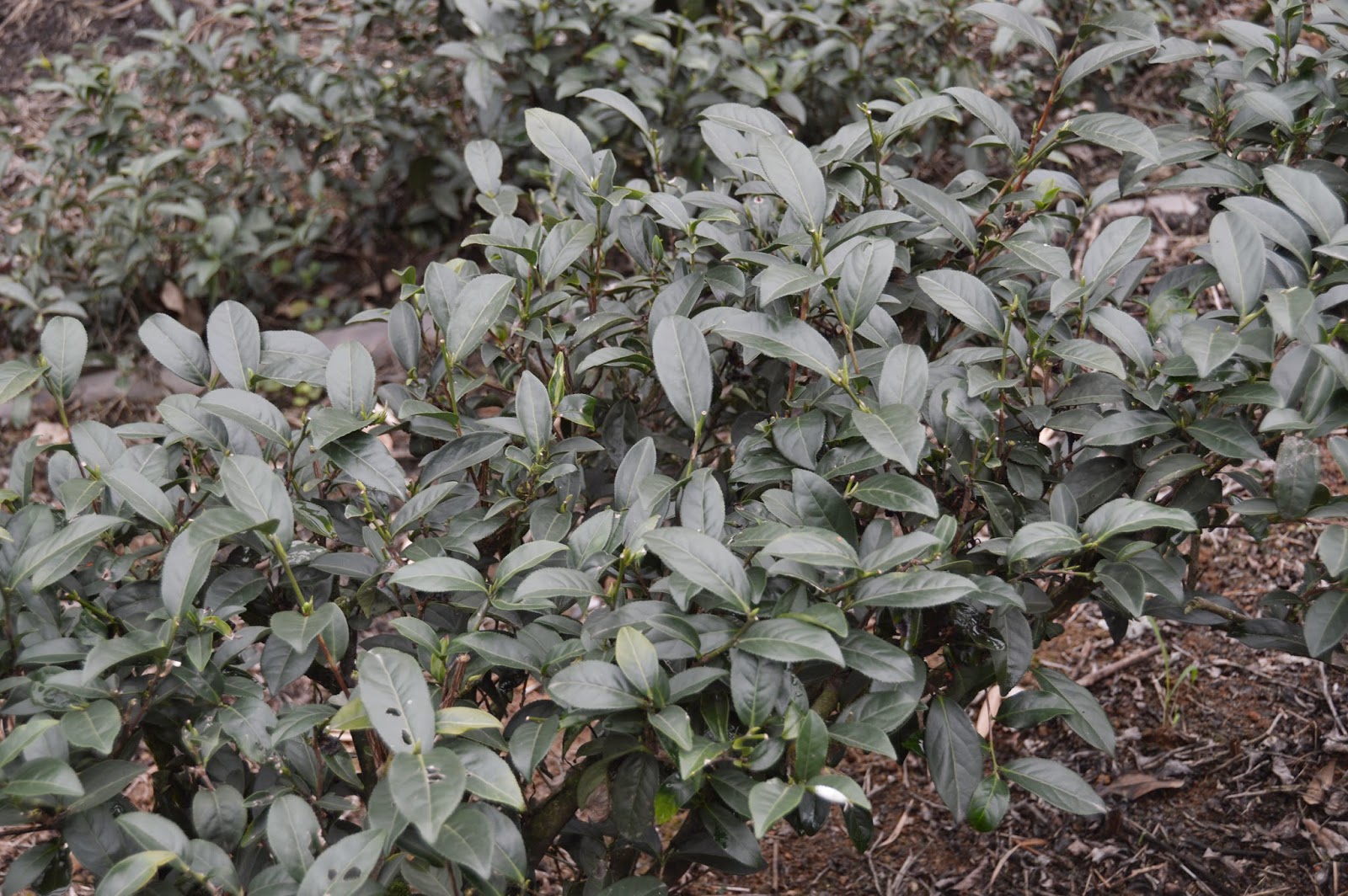Tamang lady from around Nepal Mandal नेपाल मण्डल .
Nepal Mandal is Kathmandu valley and the surrounding areas which is under the cultural and religious influence of Kathmandu. Around the periphery of Kathmandu valley you have a lot of Tamang settlements.
I learnt a few words in Tamang as it is useful when hiking around the valley and it is fascinating because it is so different from what I speak. However knowing a bit of Japanese (and even less Chinese) I find that some words are similar to those East Asian languages. For example, "Ta" means horse in Tamang language. The word for horse in Chinese is 马 (Ma) and in Japanese Uma. Similarly water is "Kui" is water in Tamang and the word for water in Chinese is 水 (Shui).
It just goes to show how Nepal is connected to both its neighbours to the south and north but yet we are so different. Perhaps Nepal is also the place through which some of our Out of Africa ancestors passed through with some of them settling right here.
Camera: SL2 🔴
F-Stop: F/4
Exposure time: 1/60 sec.
Focal length: 35mm
ISO: 100
Date of photograph: 20 February 2021





























